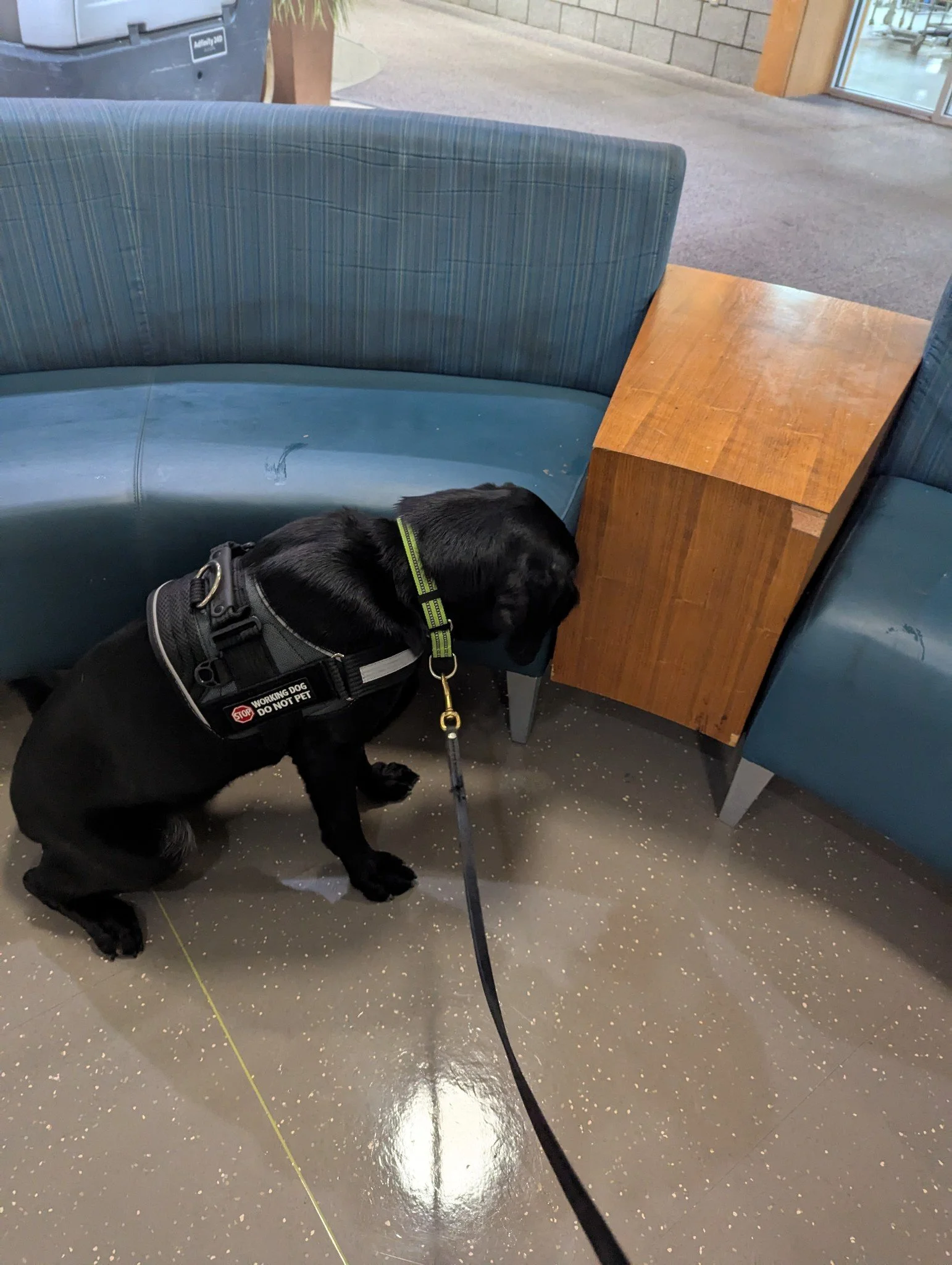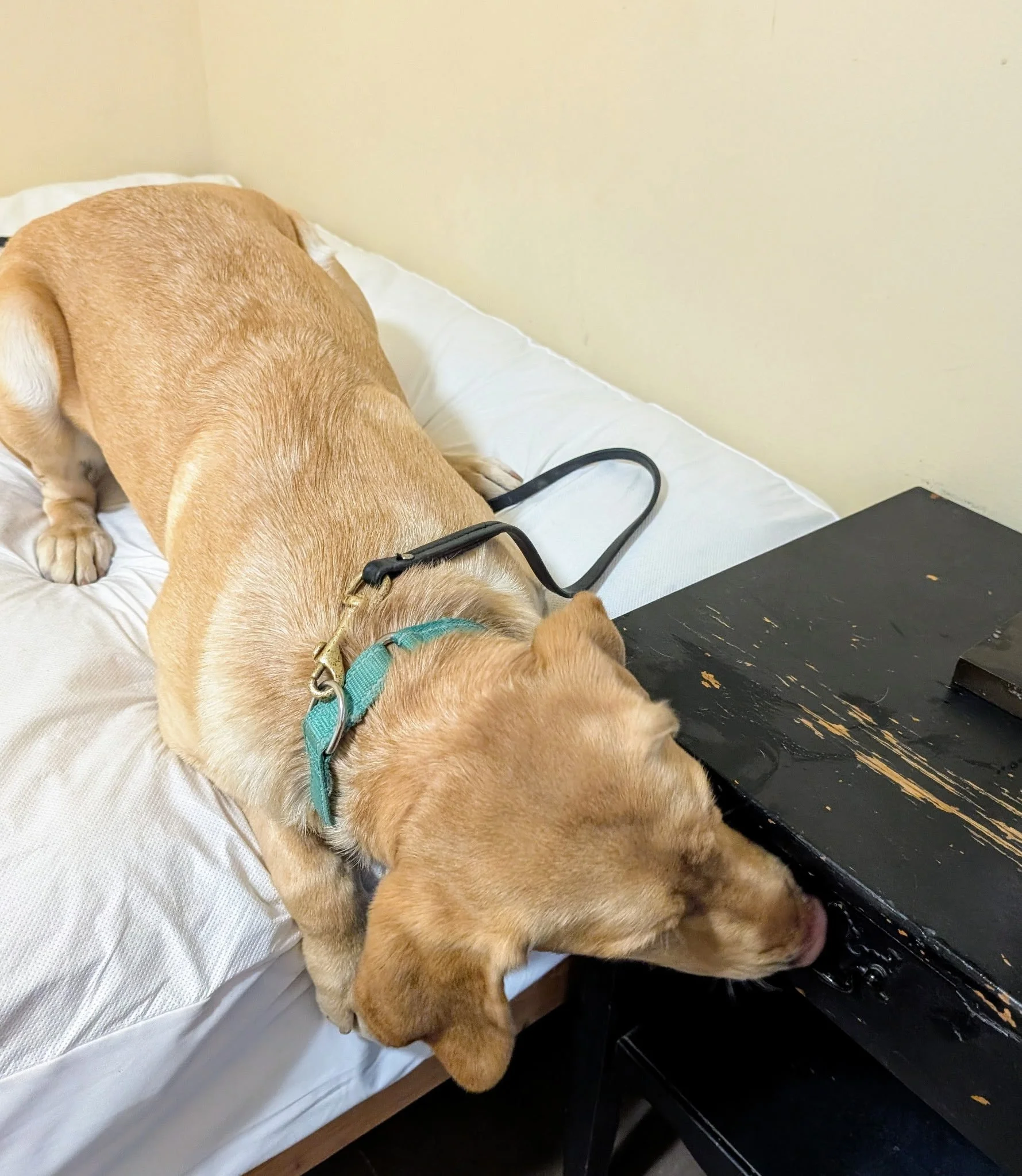Why K9?
Why k9?
How do K-9 bed bug detection skills compare with other methods?
Sensitivity: Documented limits of olfactory detection for a dog range from tens of parts per billion, to 500 parts per trillion. Humans are only capable of detecting certain substances in dilutions of less than one part in several billion parts of air.
Discrimination: Dogs are extremely good at discriminating a target odor from non-target odors that are also present, even at relatively high concentrations of non-target odors.
Odor Signature: When being trained to detect a substance, dogs learn to detect to one or two of its most abundant compounds.
Dogs are Honest: Dogs are trained to work for food and love ... and NOT for profits.
Surrounding Environment: Dogs can track a scent through snow, air, mud, water, and even ash.
Odor Image: For dogs, a scent is like a three-dimensional "odor image" - and much more detailed than a photograph is for a human.
Why use a bed bug dog for bed bug inspections?
A trained pest management technician can only detect what they can see. If bed bug activity exists behind walls, inside outlets, baseboards, under carpets, inside furniture or closets, the room would have to be stripped down and baseboards would be having to be pulled away from the walls, which is very time consuming and not cost effective. Due to a dog's keen sense of smell, K9 Bed Bug Hunter K9 teams can detect bed bugs behind walls and in furnishings without any preparation, thus making the inspection more thorough, accurate, and most importantly, less expensive!
In the case of hotels and motels, property management companies and Medical facilities, property owners/managers can take a proactive approach by going by having recurring K9 bed bug inspections which demonstrate a proactive approach to provide an alert free environment for their residents and customers.
K9 Scent Detection is a valuable tool but should NOT be considered a 100% and requires further corroboration with Pest Control technicians.

